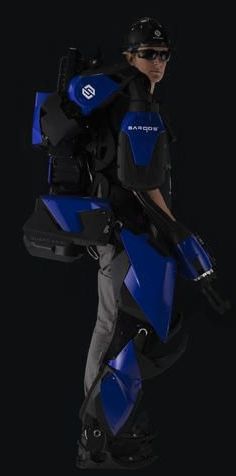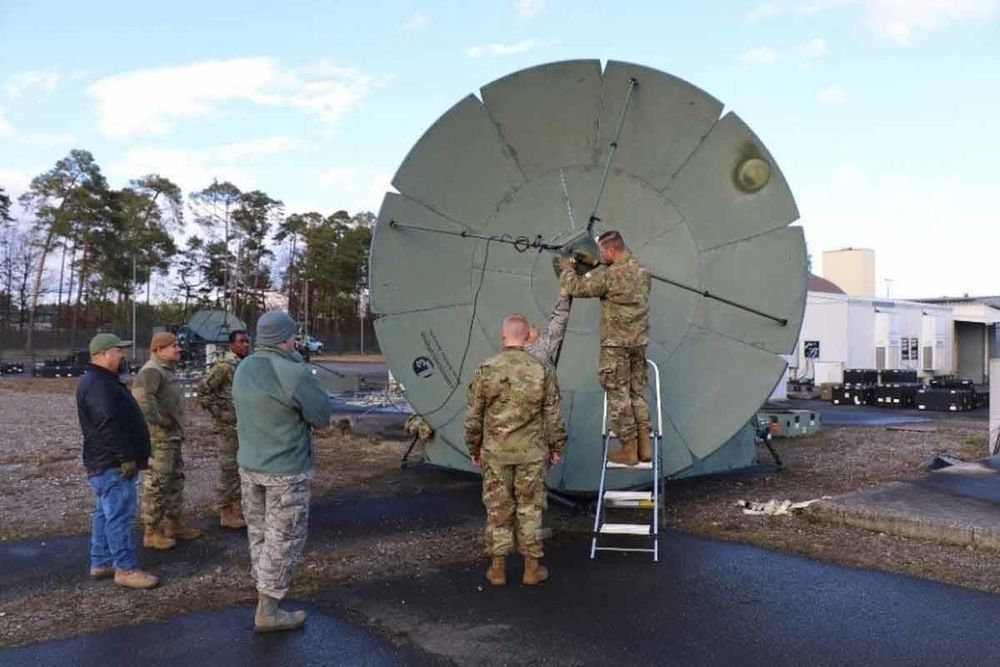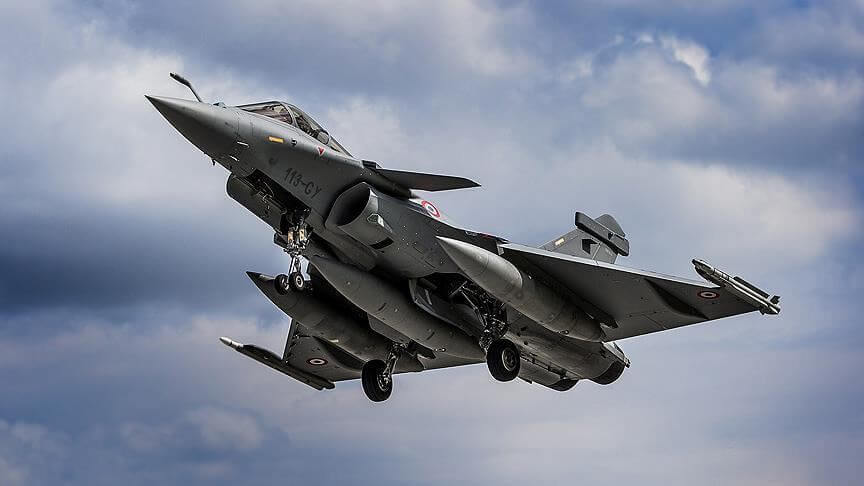If you are interested in brain computer interfaces (BCI), then you need to listen to this very exciting podcast!
I have only been aware of this DARPA NNN (Next-generation Non-surgical Neurotechnology) program since mid-March, and it is my number one topic of interest. I am interested in it because I have a plan for mind uploading to extend my life indefinitely — otherwise known as superlongevity in our group — but I have no interest in allowing anyone to drill holes in my head! DARPA is looking at ways for non-invasive methods of connecting the thoughts in our brains to computers. Over time, this could be a method to capture the thoughts and memories and emotions within my mind and transfer them into a computer substrate. And, to be clear, this mind upload will, in fact, be me.
Naturally, DARPA is not developing this so that I can upload my mind. This is part of their wounded warrior project, where they are trying to rehabilitate soldiers who have had the misfortune to have lost a limb. In addition to the non-invasive neural technology, they are working on haptics to provide a feedback loop for the sense of touch and temperature. They are also working on what they describe as third wave AI to support this technology.
The interview is with Dr Al Emondi, who has had a fascinating career in technology. He is the DARPA program manager in the Biological Technologies department.
I will always admire DARPA for its world-changing technology innovations!
Ira Pastor, ideaXme life sciences ambassador, interviews Dr. Al Emondi, Program Manager in the Biological Technologies Office at the Defense Advanced Research Projects Agency (DARPA), US Department of Defense.
Ira Pastor Comments:
Today, we are going to go down the fascinating pathway of advanced neuro-technologies and in doing so, are going to be joined again by our friends from theDefense Advanced Research Projects Agency (DARPA), which is an agency of the United States Department of Defense (DoD) which is responsible for the development of emerging technologies for use by the military with a mission to make pivotal investments in breakthrough technologies for national security, as well as a tangential mission to formulate and execute research and development projects to expand the frontiers of technology and science, often beyond immediate U.S. military requirements.
Brain-Computer Interface:
As some background to our discussion, a brain-computer interface (BCI) broadly refers to a neuro-technology that allows for a direct communication pathway between ones brain and an external device. BCIs differ from neuromodulation in that they allow for bidirectional information flow and are often directed at researching, mapping, assisting, augmenting, or repairing human cognitive or sensory-motor functions.
DARPA:
Over the past couple of decades, DARPA has been working on very sophisticated neuro-technologies that rely on surgically implanted electrodes to interface with the central or peripheral nervous systems, demonstrating achievements such as neural control of prosthetic limbs, restoration of the sense of touch to the users of those limbs, relief of otherwise intractable neuropsychiatric illnesses such as depression, and improvement of memory formation and recall.








